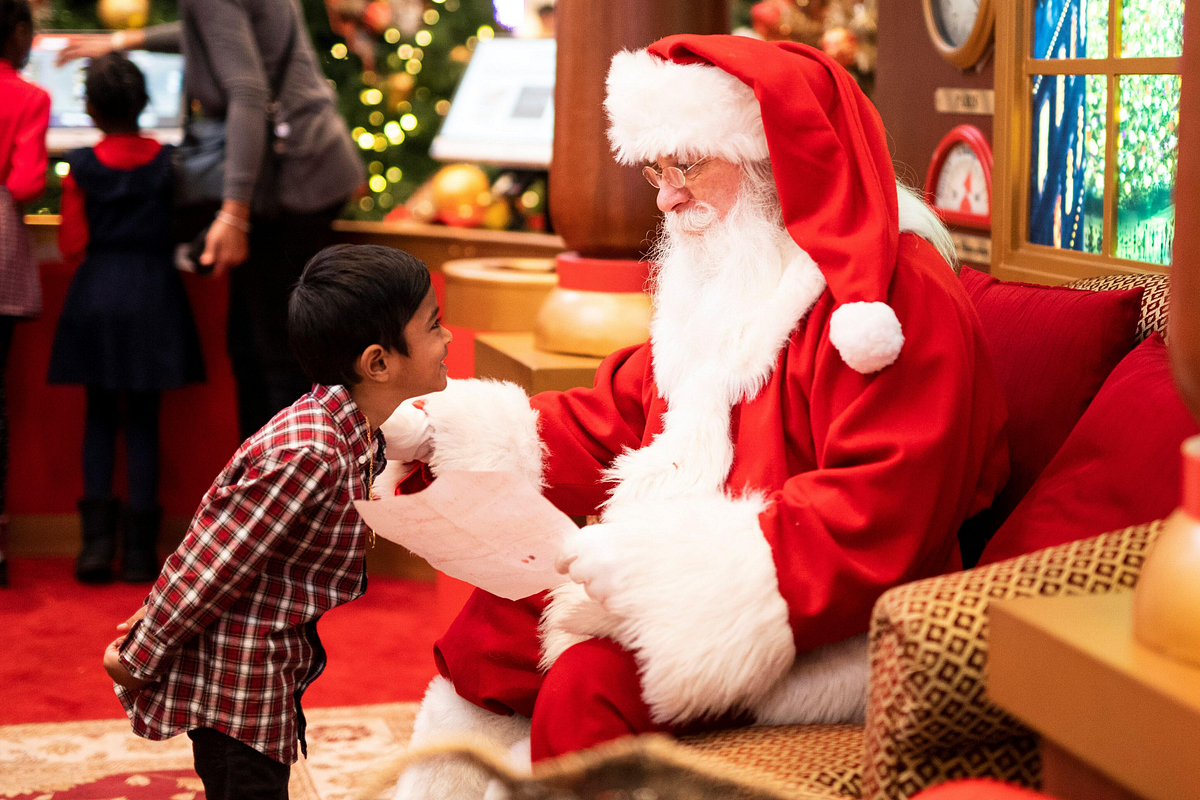
Nordic languages: What’s the difference between all of them?
It’s true what they say: All Nordic languages sound the same. Well, not quite, but there’s no denying that the Scandinavian countries share a common history, culture, and heritage thanks to the Vikings. Those handsome sea-faring men charted the course of many European languages that are spoken today.
Nordic languages are made of two categories: North Germanic and Finno-Ugric. The North Germanic category of languages includes Danish, Norwegian, Swedish and Icelandic. The Finno-Ugric category includes only Finnish. Contrary to popular belief, Finnish is a language that is vastly diverse from any of the other Scandinavian languages. In fact, a Finnish-speaking person wouldn’t understand a word – written or spoken – of Icelandic or Danish. That’s how different they are.
Of all the North Germanic languages — Danish, Norwegian, Swedish and Icelandic – the first three can be looked as three sisters. Danish, Norwegian and Swedish are very similar because Norway was ruled by Denmark from the 14th to 19th century. Let’s look at each Nordic language below:
Swedish
Swedish is spoken by the most people amongst all the five Nordic languages – 10 million people. Swedish — Sweden’s national language and one of Finland’s national language — and Danish are written in a similar manner. If Swedish, Danish and Norwegian were sisters, Swedish would be the eldest of them all.
Danish
Spoken by five million speakers and the official language of Denmark, Danish is also the second official spoken the language of the Faroese Islands and Greenland. While written Danish and written Swedish are similar the two sound extremely different when spoken. In fact, a Dane and a Swede would have a hard time holding a conversation but would understand each other perfectly while texting.
Of the three sisters, the Danish language would be the younger rebel child.
Norwegian
About five million people speak Norwegian today, and because of its history, it shares many similarities between Swedish and Danish. In fact, a Norwegian can easily hold a conversation with a Swede and a Dane. Interestingly, in the 1800s, after Norway gained independence from Denmark, two national languages emerged – one spoken by the people in the cities (which was similar to Danish) and another spoken by the people residing in the countryside.
Owing to many reforms that took place in the years since its independence from Denmark, Norway finally got a common language.
Since Norwegians can easily understand Swedish and Danish, they are jokingly referred to as the middle child amongst the three sisters.
Icelandic
Icelandic is perhaps the only one of the Nordic languages that closely resembles old Norse which was spoken by the Vikings. With only three hundred fifty thousand native speakers, this language is the least spoken language of all the North Germanic languages.
Finnish
Five million people speak Finnish today. If Danish, Norwegian, Swedish, and Icelandic are cousins, Finnish isn’t even a part of the extended family – it’s distinctly different from the four Nordic languages. Interestingly, standard Finnish is a formal version of the language used in media and politics and spoken Finnish is a colloquial version which is used by the common people.
Faroese
Approximately 75,000 to 80,000 people speak Faroese – the language of the Faroe Islands. Besides the islands, Faroese is also spoken by inhabitants of Denmark and Iceland. The language itself has a deep history and is intensely important to the preserving the culture and identity of the region. Faroese is a Nordic language that was brought over by Norsemen that settled the islands. Today, it is highly regarded by the government. It is similar to Norwegian, Danish, and Swedish with familiar words and grammatical structures. It most closely resembles Norwegian pronunciation.
Greenlandic
This Eskimo-Aleut language is spoken by 60,000 people throughout Greenland and Denmark. The language has three main dialects to consider – West Greenlandic, East Greenlandic, and North Greenlandic. West Greenlandic is preferred as it is the main dialect used in schools throughout Greenland. In total 53,000 people speak West Greenlandic primarily in the areas of Nuuk, Sisimiut, and Kangerlussuaq. East Greenlandic is spoken by 3,000 people in Tasiilaq, and only 1,000 people speak North Greenlandic in Qaanaaq and Nord.
Sami/Saami languages
Central Sweden and Mid-Southern Norway to the top of the Kola Peninsula of Russia speak the Saami languages. This Fenno-Ugrian language is spoken by 25,000 to 35,000 people with a total of approximately 10 Saami languages identified in the region. Only six of the languages have written standards. The language is slowly being revived within the area.
Nynorsk
With approximately 12 percent of the Norwegian population speaking Nynorsk, it has been declared as one of two written standards of the Norwegian language. Nynorsk has been declared the official language by one-fourth of Norwegian municipalities in the country including the counties of Rogaland, Hordaland, Sogn og Fjordane, and More og Romsdal – all in the Western part of Norway. It is a preferred written language of the region with most written communications – newspapers, consumer products, and computer programs – all using Nynorsk.
Meänkieli
As many as 40,000 to 70,000 people speak Meänkieli, primarily in Northern Sweden. This language is a variant of Finnish with similar structure and grammar, but it has a vocabulary that is highly influenced by spoken Swedish. Meänkieli is used in textbooks and in schools alongside Swedish. The language is not used outside of schools, however. It is also known as Mean Kieli and MTI and Tornedalen.
Kven
The Kven language is spoken by the people of Northern Norway. It is a Finnic language and is considered a minority language. Kven incorporates a mix of Norwegian as well as some old Finnish words. Only 1500 to 10,000 people speak the language with most over the age of 60. This is the main language of the population and is often their only means of communication. There is a fear that Kven will die out as the older generation passes.
Nordic languages may sound similar, but each is distinctly different from the other. Translating one Nordic language to the other requires a skilled and experienced translator that understands the nuances of both the source and target language. Wordminds linguists pride themselves on being fluent in all Nordic languages.
About Wordminds
Wordminds is a close-knit team of language experts – professional translators, project managers, localisation engineers and business visionaries who work closely with global clients, helping them connect with their international audience. Wordminds works with over 3,000 language specialists and subject-matter experts to enable companies to overcome cultural and language barriers, helping them build trust and create long-lasting business and human relationships. Fully certified under ISO 9001 and ISO 17100, the company believes in continuous improvement and so stands at the forefront of new language-technology implementation, smart collaboration and excellent customer service. Find out more about Wordminds.
Join our Newsletter
Stay up to date with the latest articles, news and translation insights


